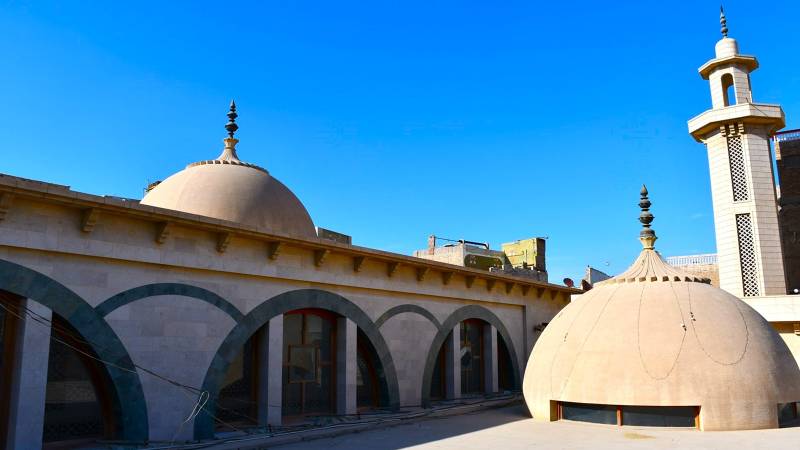
In upper Sindh, there are numerous shrines of Naqshbandi saints that are highly revered by people. These shrines have made the villages and towns where they are located the important centres of Naqshbandi Silsila. One such town is Piryaloi, which is a small town in the Khairpur district. It is known for being home to the shrine of Makhdoom Muhammad Ismail, an esteemed 18th-century Naqshbandi saint in Upper Sindh. He is not just known, but deeply revered as Pireen Piryaloi Jo or "the beloved of Piryaloi." Regarding his birthplace, there is debate among scholars; some believe that he was born in Taggar village in Larkana, and others argue that he was born in Mubeen Ji Khahi village in Larkana. However, Makhdoom Abdul Khaliq (2014:19), the compiler of Pireen Piralyo Jo, writes that he was born in Taggar village, a village that lies on the bank of the Indus. The shrine of his father, Muhammad Qasim, is also located there. On the other hand, Dr NA Baloch and Dr Yar Muhammad Qazi argue that Makhdoom Muhammad Ismail was born in Mubeen Ji Khahi village. He left the village due to a family dispute and moved to Piryaloi. Makhdoom Muhammad Ismail belonged to the Junejo tribe.
Before Makhdoom Muhammad Ismail's arrival, Piryalo was called Bhiryalo due to the large population of the Bhirya community. However, after Makhdoom Muhammad Ismail arrived in the town, it underwent a significant transformation. His teachings and spiritual presence turned Piryaloi into a beacon of spirituality, earning it the name Piryaloi, the village of the beloved, and becoming the centre of Naqshbandi Silsila.
The spiritual genealogy of Makhdoom Muhammad Ismail goes back to Imam Rabbani Shaikh Aḥmad Faruqi Sirhindi
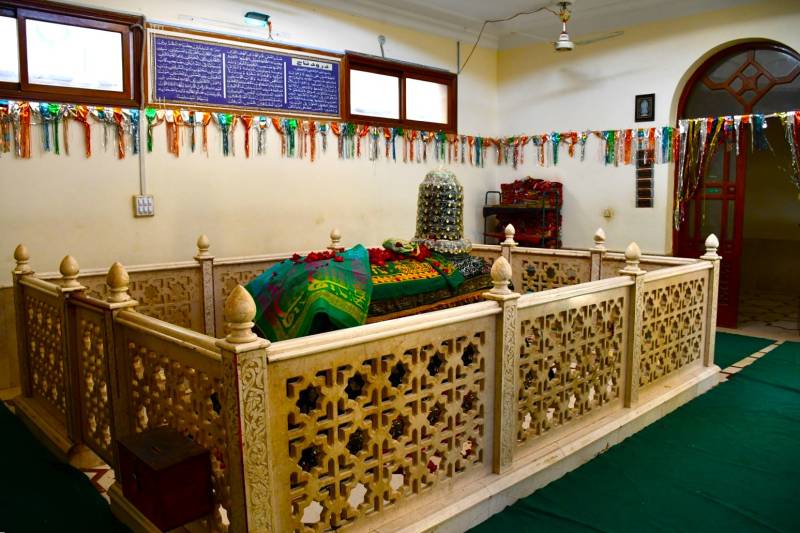
Not much is known about his early life, including when he moved from his native village in Larkana to Piryaloi. Nonetheless, his life and teachings have inspired many people in Sindh. However, he first settled at Phul/Phulpota village, 3 km south of Piryaloi, where he built a mosque and spent most of his time in the prayers. The mosque and well are still extant. It is a single domed structure which his followers repair from time to time.
There has been a lot of literature written on the spiritual genealogy of Makhdoom Muhammad of Pirayoi. In Piryaloi, Makhdoom Muhammad Ismail became the disciple of Syed Jamalullah Shah, who was known for his piety. The shrine of Jamalullah Shah is also located about 4 km from Piryaloi town. The spiritual genealogy of Makhdoom Muhammad Ismail goes back to Imam Rabbani Shaikh Aḥmad Faruqi Sirhindi. According to Maulana Din Muhammad Wafai (2005:273), the author of Tazkira Mashahir Sindh Vols II&III, Makhdoom Muhammad Ismail was a prominent Naqshbandi scholar. Tracing his spiritual lineage, Maulana Din Muhammad Wafai asserts that Makhdoom Muhammad Ismail was a disciple of Makhdoom Jamalullah Sindhi. In a similar vein, Dr Abdul Ghafar Soomro also discusses the spiritual geology of Makhdoom Muhammad Ismail. While writing Muqaddamo (introduction) of Ma’arif: Sultan al Auliya Khwaja Muhammad Zaman Luariwaro (1125-1188 AH/1713-1775 AD), which has been translated by Maulana Hafiz Muhammad Ramzan Maheri, Dr Ghafar Soomro (2018:37) argues that Tariqat of Makhdoom Muhammad Ismail goes back to Shaikh Adam Banuri who was initiated into Naqshbandiyya Silsila by Mujaddid Alf Thani. Makhdoom Muhammad Ismail’s spiritual master was a disciple of Hafiz Ayub Sindhi, who was a disciple of Shaikh Muhammad Saeed Lahori.
One gets to know from Shams ul-Arafeen by Professor Fida Hussain ‘Fida’ (2021:51) that Syed Jamalullah Shah was a disciple of Hafiz Ayub Sindhi, who was himself a disciple of Shaikh Sa’adullah who was a disciple of Syed Adam Banuri. Syed Adam Banuri was a deputy of Imam Rabbani Shaikh Aḥmad Faruqi Sirhindi. Professor Fida Hussain ‘Fida’ (2021:62) believes that Hafiz Aub Sindhi was a disciple of Shaikh Sa’adullah Wazirabadi. Moreover, he argues that Shaikh Saadi was the first disciple of Shaikh Sa’adullah Wazirabadi, and later, he took him to Syed Adam Banuri to get him initiated into Naqshbandi Silsila. Hence, Shaikh Saadi Lahori, through Shaikh Sa’adullah, became the disciple of Syed Adam Banuri (d 1644). that it is likely that Hafiz Ayub Sindhi received initiations from both Shaikh Saadi Lahori and Shaikh Sa’adullah Wazirabadi.
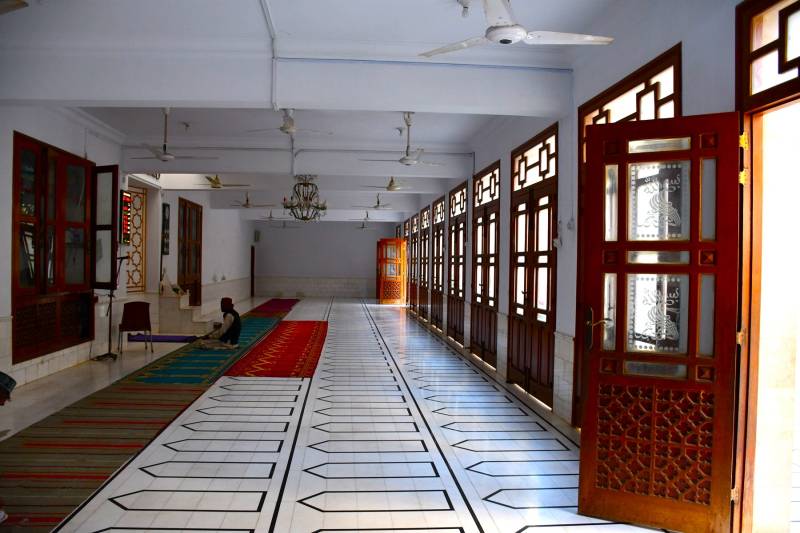
In this regard, a Persian Rubai is an important source of the spiritual genealogy of Makhdoom Muhammad Ismail. In that Rubai, the name of Shaikh Sa’adullah appears as the spiritual master of Hafiz Ayub Sindhi, who was the spiritual mentor of Makhdoom Jamalullah Sindhi. One also learned that Shaikh Saadi Lahori was also a spiritual master of Hafiz Ayub Sindhi, meaning that he received initiation from both Shaikh Saadi Lahori and Shaikh Sa’adullah Wazirabadi, as believed by Professor Fida Hussain ‘Fida’.
It is believed that Shaikh Saadi Lahori visited the village of Hafiz Ayub Sindhi, which suggests he was Hafiz Ayub Sindhi's spiritual master. The similarity of names has confused scholars and readers.
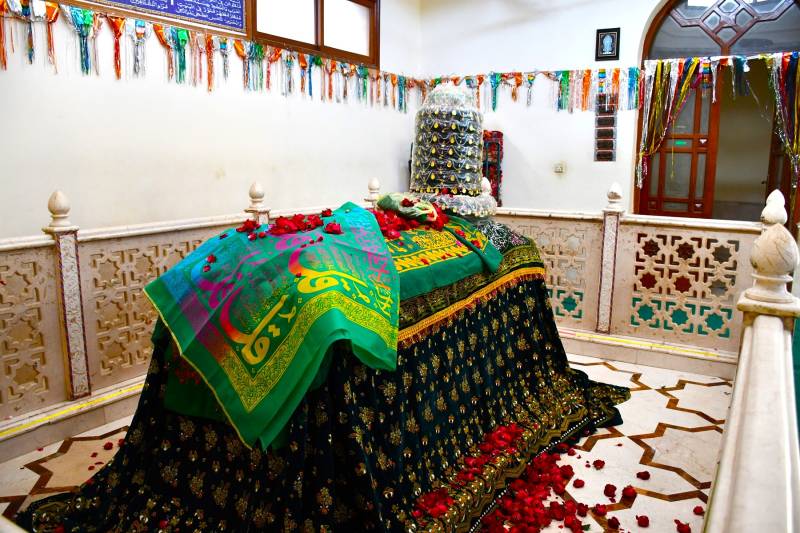
The shrine of Hafiz Ayub Sindhi is located near Jami-Ja-Quba village in Shikarpur, which I visited when I was doing research on the tombs of Jami. Both Shaikh Saadi Lahori and Shaikh Sa’adullah Wazirabadi were deputies of Shaikh Adam Banuri, who was a deputy of Imam Rabbani Shaikh Aḥmad Faruqi Sirhindi. Some Sindhi scholars were misled by the name Shaikh Adam in the Persian Rubai and considered Shaikh Adam Thattvi as deputy of Imam Rabbani Shaikh Aḥmad Faruqi Sirhindi instead of Shaikh Adam Banuri.
According to Maqalat Khanai (2006:109) by Dr Qureshi Hamid Ali Khanai, Shaikh Adam Naqshbandi Thattvi received a robe of initiation (khirqa) from Khwaja Muhammad Masum (d 1079/1668), son of Imam Rabbani Mujaddid Alf Thani (d 1624).
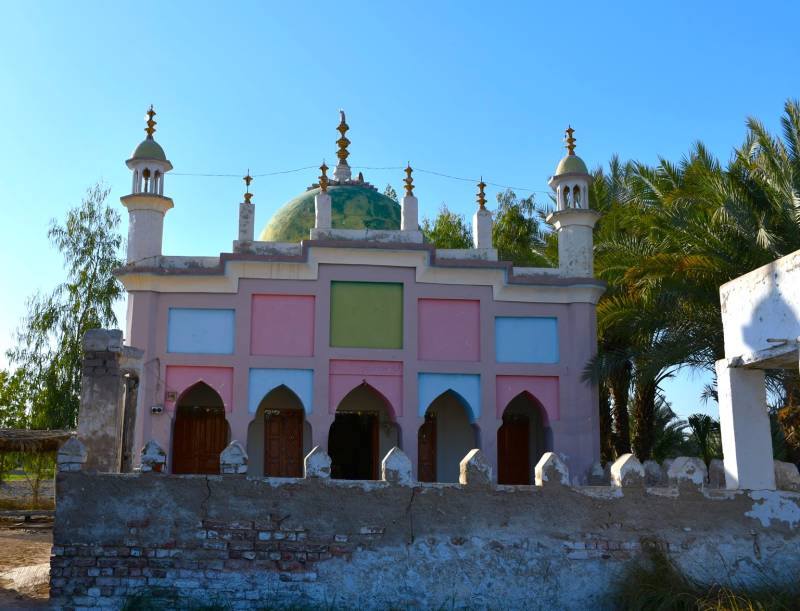
Makhdoom Muhammad Ismail was a renowned scholar who studied under the guidance of Mian Abro. The shrine of his teacher is located in Otera village in the Katcha area, about 5 km from Piryaloi. Makhdoom Muhammad Ismail was proficient in Persian and Sindhi poetry, and he also authored a few books. He had many followers, among whom was Syed Pir Muhammad Baqa Shah (d 1784).
Upon the advice of Makhdoom Muhammad Ismail, Syed Pir Muhammad Baqa Shah became a disciple of Pir Abdul Qadir Jilani and adopted the Qadiri Tariqa. He went to Pirkot Sadhana in Jhang, Punjab, to become a disciple of Pir Abdul Qadir Jilani. Makhdoom Muhammad Ismail died on 8th Rabi al Awwal, 1174/ 17 October 1760 AD, and was laid to rest in Piryaloi. He had one daughter who was married to Makhdoom Muhammad Aqil Salis (d 1817), the son of Makhdoom Ahmadi (d 1788) of Khuhra Sharif. Makhdoom Ahmadi was a friend of Makhdoom Muhammad Ismail. Makhdoom Ziauddin, son of Makhdoom Aqil Salis, became the Gaddi Nashin of Makhddom Muhammad Ismail.
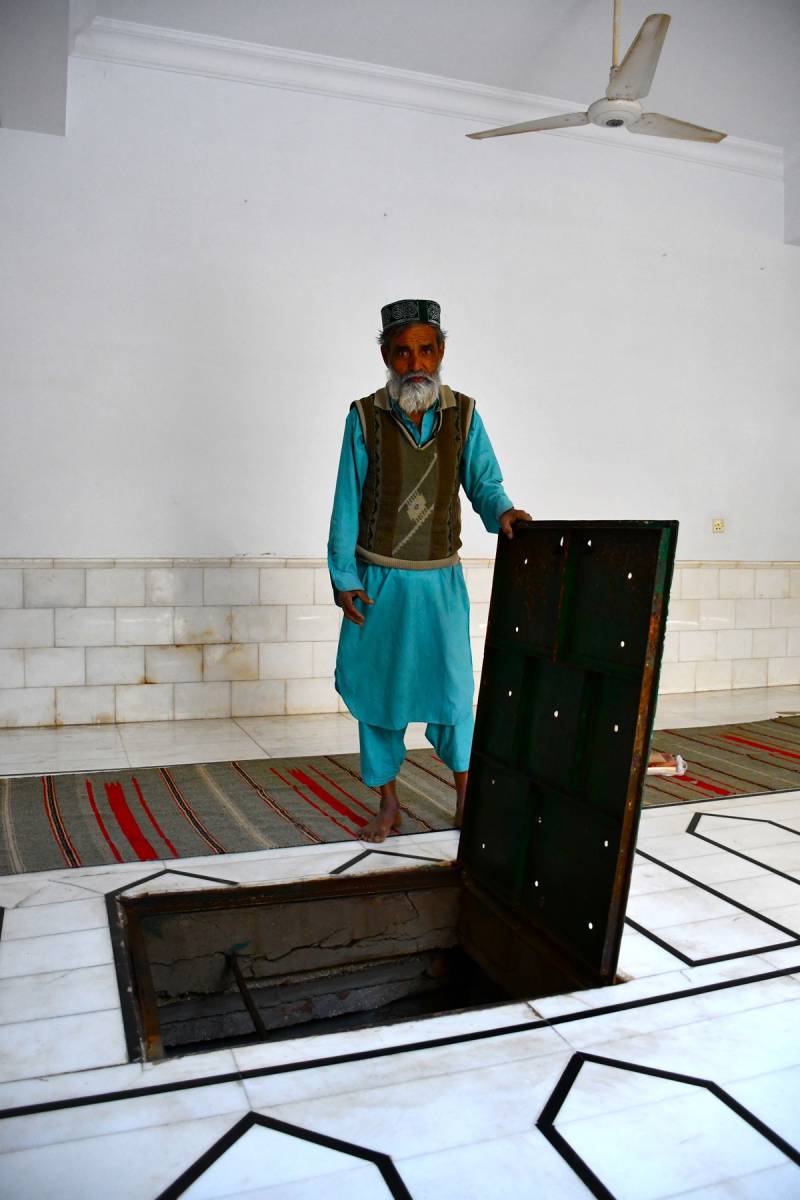
The shrine of Makhdoom Muhammad Ismail in Pirayloi is a popular sacred site visited by many. The mosque and tomb were reconstructed by Shah Mardan Shah II, also known as Pir Pagaro VII (d 2012). Additionally, his shrine complex features a well that dates back to his time.
Makhdoom Muhammad Ismail was a prominent Naqshbandi Sufi who played a significant role in spreading the Naqshbandiyya silsila and imparting religious education.

